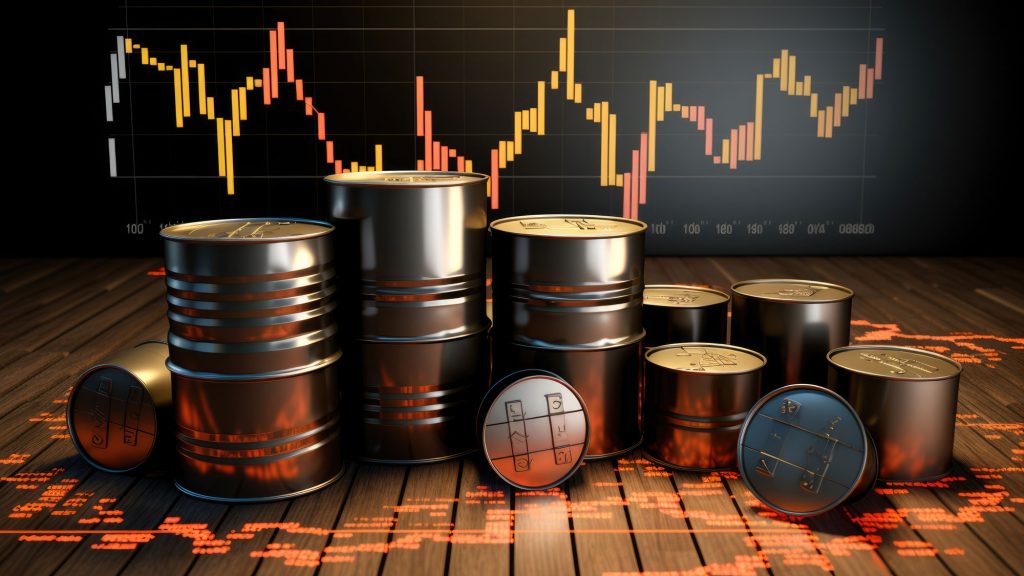(Reuters) – Global equities edged up on Wednesday as data suggested U.S. inflation pressures were moderating, but were on course to end August with their worst monthly performance of 2023 so far.
MSCI’s broadest index of global shares added 0.2%, following upbeat moves in Asia that continued to benefit from Chinese measures to boost investment in its beaten-down stock market, and weak U.S jobs data on Tuesday that sparked hopes the Federal Reserve was done with rate hikes.
On Wednesday, European shares nudged higher, while a gauge of Asian shares gained 0.35% and Japan’s blue-chip Nikkei touched its highest in over two weeks.
Wall Street stocks rallied on Tuesday, with all three of its major stock indexes ending sharply higher. Data showed U.S. job openings dropped to the lowest level in nearly 2-1/2 years in July, signalling inflation pressures caused by a tight labour market and companies were easing ahead of the Fed’s Sept. 19 meeting.
“The U.S. labour market is moving towards better balance,” SEB Group U.S. economist Elisabet Kopelman said in a note to clients, “increasing prospects for the Fed to achieve a soft landing for the economy.”
Still, MSCI’s global stock gauge has fallen more than 3% in August, thanks to hawkish signals from the Fed’s latest meeting minutes and chair Jerome Powell’s speech on Friday at the Jackson Hole central bankers’ symposium.
Europe’s Stoxx 600 share index was steady in early dealings as investors assessed inflation reports from Spain and Germany ahead of the euro zone consumer prices report for August on Thursday.
Spanish inflation rose 2.6% in August, as economists polled by Reuters had expected.
In North Rhine Westphalia, Germany’s most populous state, consumer prices in August rose 0.5% month-on-month and 5.9% year-on-year.
Economists polled by Reuters expect the headline euro zone inflation rate to have moderated to 5.1% in August from 5.3% in July, still far above the European Central Bank’s (ECB) 2% goal.
Euro zone inflation has exceeded the target level for two years. Still, according to Barclays chief European economist Sylvia Ardagna, the ECB might also pause a lengthy rate hike cycle as economic pain deepens.
“The (monetary) tightening cycle is now complete if the growth slowdown pointed to by high frequency indicators is confirmed,” Ardagna said.
Meanwhile, a clearer picture of whether hawkish Fed signals that shook markets in August were overdone will form this week, when U.S. payrolls and personal consumption expenditure reports are due.
For now, markets are pricing in an 87% chance of the Fed standing pat at its meeting next month, the CME FedWatch tool showed. The odds of another pause at the central bank’s November meeting have risen to 51% from 38% earlier this week.
The headline rate of U.S. inflation, at 3.2% for the 12 months to July, is also trending closer to the Fed’s target of around 2% after the world’s most influential central bank hiked rates by 525 basis points (bps) since March 2022.
U.S. Treasury yields were largely stable on Wednesday after moving lower after Tuesday’s jobs data. The two-year U.S. yield, which moves inversely to the price of the government debt instrument and tracks interest rate expectations, was at 4.91%, just above a three-week low of 4.871% touched on Tuesday.
Germany’s two-year yield rose 7 bps to 3.099% after regional Germany inflation data.
Against a basket of currencies, the dollar inched up 0.15% to 103.68 after slipping nearly 0.4% on Tuesday.
The euro was 0.2% lower at $1.0858.
The yen weakened 0.4% to 146.48 per dollar and remained at levels that led to intervention in the currency market last year by Japanese authorities.
U.S. crude rose 0.2% to $81.46 per barrel and Brent was at $85.70, up 0.4%.


